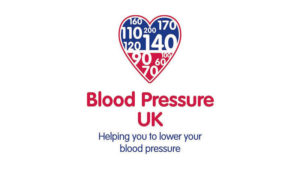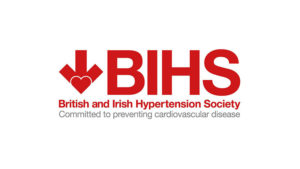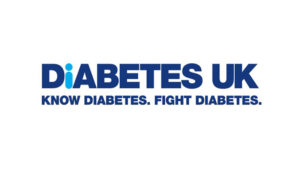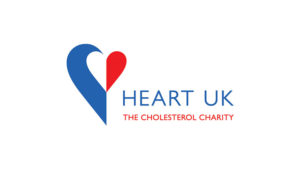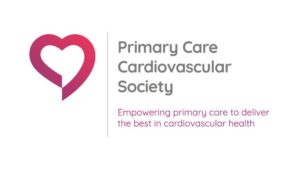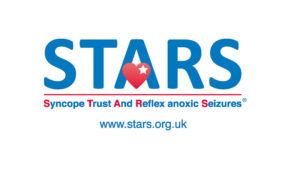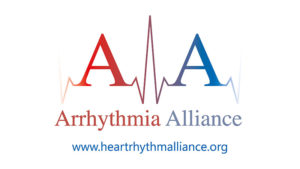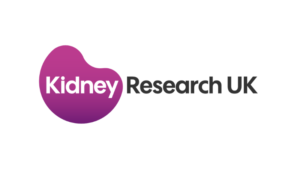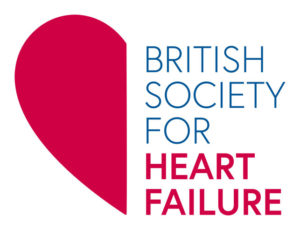How can primary healthcare professionals take diabetes care beyond the General Medical Services (GMS) contract towards creating a primary care centre of excellence, while earning maximum QOF points in the process? Many patients are currently not achieving good glycaemic control despite incentives to encourage healthcare practitioners to help their diabetes patients reach HbA1c targets. Several new policies and schemes have recently been implemented to provide incentives for reaching treatment goals, and this article discusses how these can be beneficial to both general practices and diabetes patients.
The research supporting omega-3 fatty acids in preventing cardiovascular disease (CVD)
How to use omega-3 fatty acids for the prevention of CVD
The argument against an HbA1c target of 6.5%
How low is too low: should we be aiming for an HbA1c target of 6.5%?
How can patients increase their dietary intake of omega-3 fatty acids?
How to provide excellent care for patients with diabetes
Caring for patients with diabetes who have intercurrent illness
Modern treatments available to people with diabetes enable the 1.3 million living with the condition in England alone to minimise and control its impact on their daily lives like never before. But what happens when a person with diabetes develops intercurrent illness, such as a cold or flu? We review the steps to take to ensure that these patients maintain good glycaemic control throughout the ups and downs of other health challenges.
Cardiac Resynchronisation: A New Approach To Managing Chronic Heart Failure
Heart failure affects around three in every hundred people aged 65 to 74 years, and increases with age. About 40% of patients with heart failure will die within one year of diagnosis, underlining the need for prompt diagnosis and effective therapy. In this article we explore what goes wrong in heart failure, and how cardiac resynchronisation can help.
Beating the post-MI blues: improving detection and treatment of depression after a heart attack
Depression after myocardial infarction (MI) is extremely common, affecting almost half of all patients. The combination of MI and depression reduces the chance of recovery and makes it much more likely that patients will have another cardiac event. Depressed patients are also less likely to get back to work and they use health services more than those who are not depressed. We carried out a survey to investigate the perceptions, attitudes and skills of primary care practitioners in recognising and treating depression in patients following an MI to explore how this important co-morbidity is managed in practice. Readers of the British Journal of Primary Care Nursing (BJPCN) were invited to participate in an online survey, together with readers of the Primary Care Cardiovascular Journal. The survey results show that although primary healthcare practitioners realise that depression after MI is a significant problem, many underestimate quite how common it is and have received little or no training in recognising or managing depression.
All change for the NHS; but stay as you were for practice nurses
All change’ is hitting the NHS once again. The coalition government’s health white paper shifting commissioning to primary care has prompted headlines predicting ‘the end of the NHS’. There is no doubt that the next few years will see massive change, but patients will still need looking after, and this is where practice nurses will continue to do what we have always done best – providing effective education and care. And the BJPCN will continue to support you in this – with evidence-based information and practical tips on the management of patients with cardiovascular disease and diabetes.
Cholesterol conundrums: juggling patients’ risk factors to optimise lipid lowering therapy
*The British Journal of Primary Care Nursing approached Merck Sharp & Dohme Limited to fund the production of this supplement following a meeting the company supported at the Primary Care Cardiovascular Society (PCCS) Conference 2009. The company was not involved in development, although it was asked to review the supplement for technical accuracy just prior to printing. Editorial control has remained with the British Journal of Primary Care Nursing at all times.




